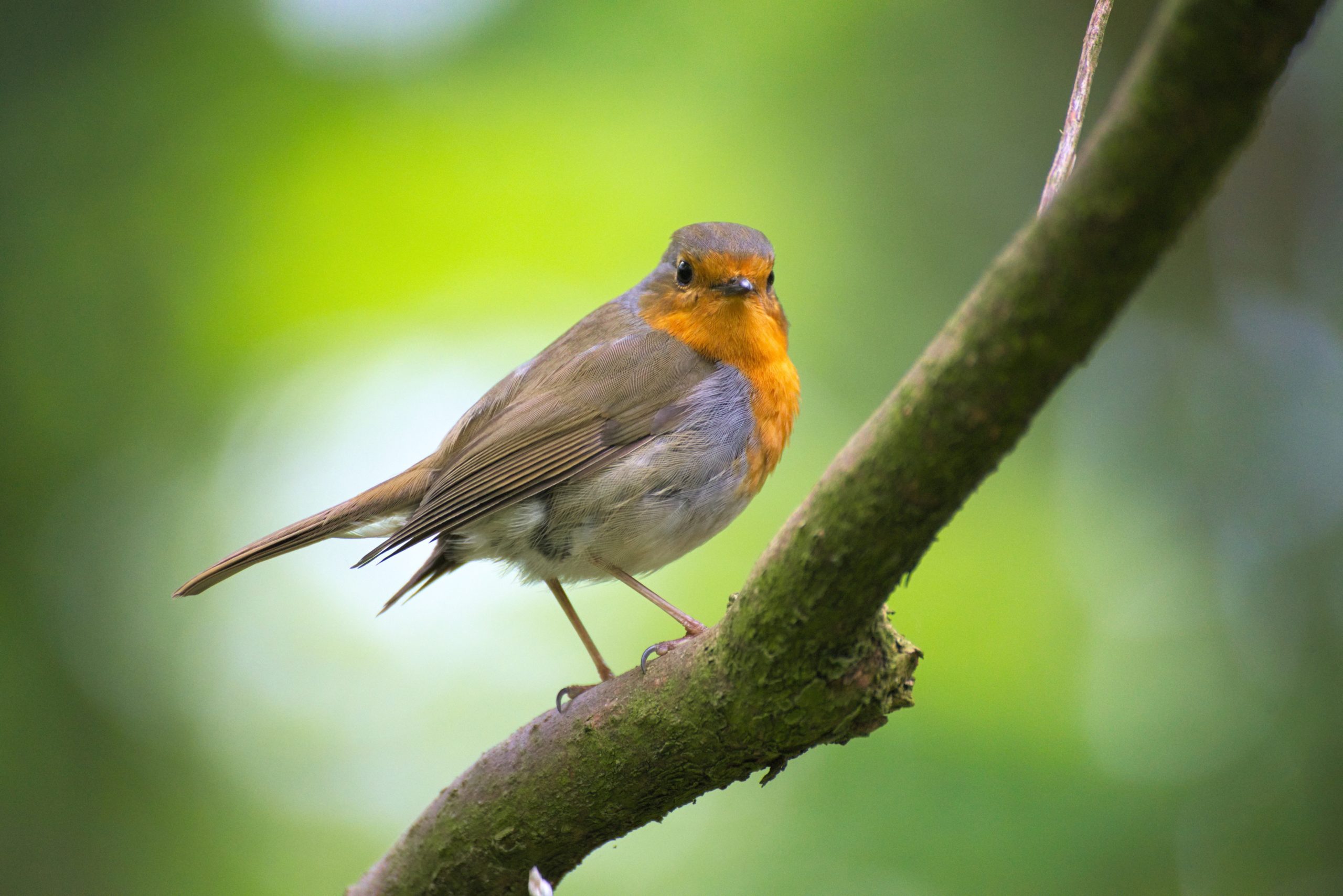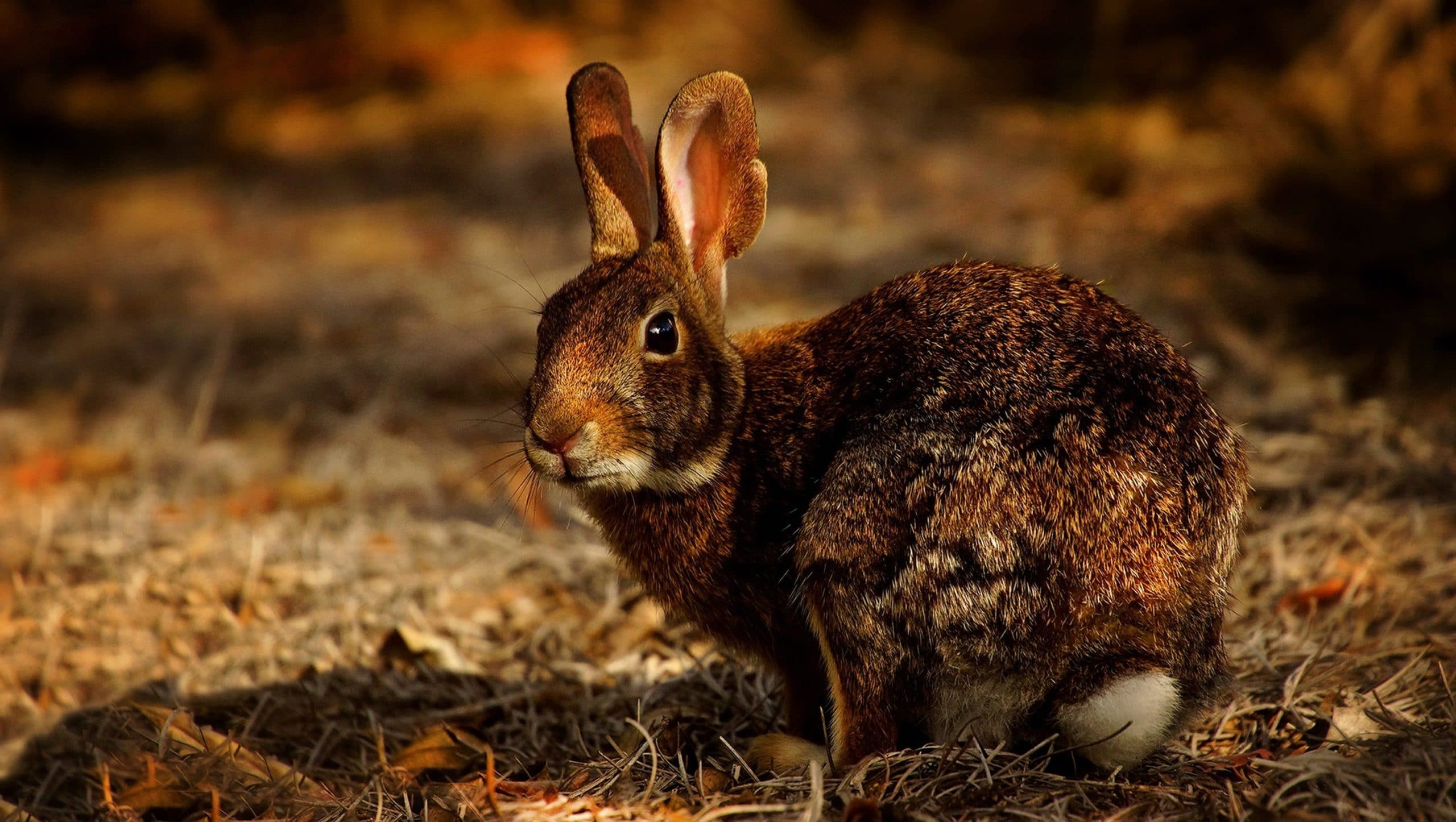WILDLIFE
Wild animals of all shapes and sizes are born during the spring and summer months. In your backyard, you’ll come across baby birds, rabbits, squirrels, raccoons, and other young wildlife. For many people, the pleasure of seeing these young creatures is mixed with a need to help them survive that leads to countless phone calls to the shelter and road calls by our staff. One thing we can’t emphasize enough to caring residents is that spotting a baby animal by herself doesn’t necessarily mean she is an orphan. Many wildlife parents leave their young alone during the day, sometimes for long periods of time. The parent is usually nearby watching at a distance, making sure their young are safe from a predator or they may be looking for food.
So, how can you tell if an animal does need your help or should instead be left alone? Here are some general signs to look for before you contact the shelter:
- Bleeding
- An apparent or obvious broken limb
- A featherless or nearly featherless bird (nestling) on the ground shivering
- Evidence of a deceased parent nearby
If a wild animal exhibits any of the above signs, you should contact the shelter at 262-782-9261 or the Wildlife in Need Center at 262-965-3090 and describe the animal’s physical condition.

If your dog or cat presents you with a wild animal, check the animal for any of the above signs to determine if it needs help or if it can be released back into the wild. PLEASE DO NOT BRING WILD BABIES TO THE SHELTER UNLESS ONE OF THE ABOVE LISTED CONDITIONS ARE EVIDENT! You will be asked to return the baby to where you found it! Unless directed otherwise, here’s how you can make an animal more comfortable for transport or while you’re waiting for help to arrive:
- Punch holes, from the inside out, into a cardboard box or other container. A paper bag may be suitable for most songbirds.
- Line the box with an old T-shirt or other soft cloth.
- Put on gloves.
- Use a towel or pillowcase to cover the animal, then scoop him up gently and place him in the container.
- Do not give the animal food or water. He could choke, develop digestive problems, or drown. Many injured animals are in shock, and eating or drinking can make it worse.
- Place the container in a warm, dark, quiet place—away from pets, children, and noise—until you can transport the animal.
Remember, many animals who appear to be orphaned are not. Unless one or more of the signs mentioned above is present, do not attempt to rescue animals in any of the following circumstances:
- A fawn (baby deer) who is curled up in the grass and appears approachable. His mother is most likely out of sight, but nearby and watching you.
- A bird who is fully feathered on his body with evidence of tail feathers, hopping on the ground, but unable to fly. This is a fledgling (adolescent bird), and his parents are probably nearby.
- A rabbit that is about four inches or longer with open eyes and erect ears. It is independent from the mother and able to fend for itself.
- An opossum who is nine to ten inches or longer, not including the tail. He is independent.
- A squirrel that is nearly full sized, has a full and fluffy tail, and is able to run, jump, and climb. She is independent.
For additional information on injured and orphaned wild animals, please click here to access the Wisconsin Department of Natural Resources website.

